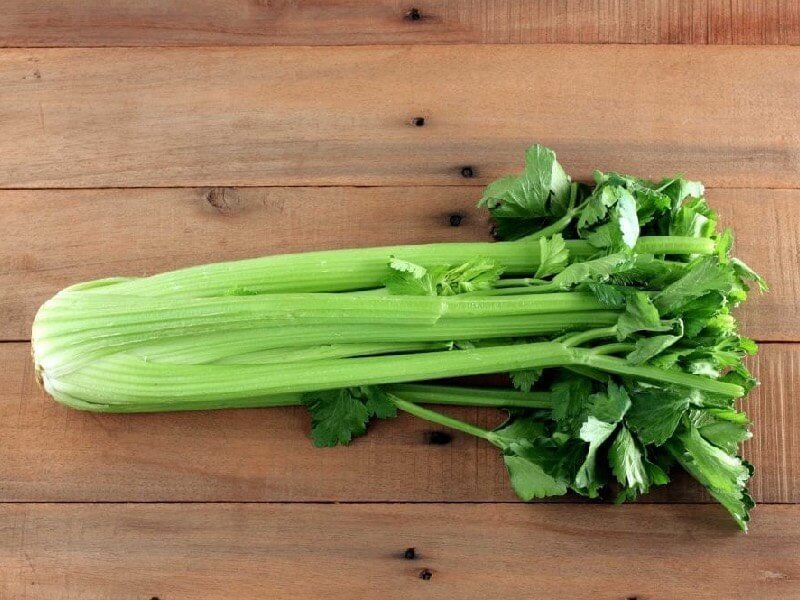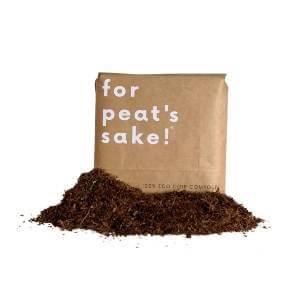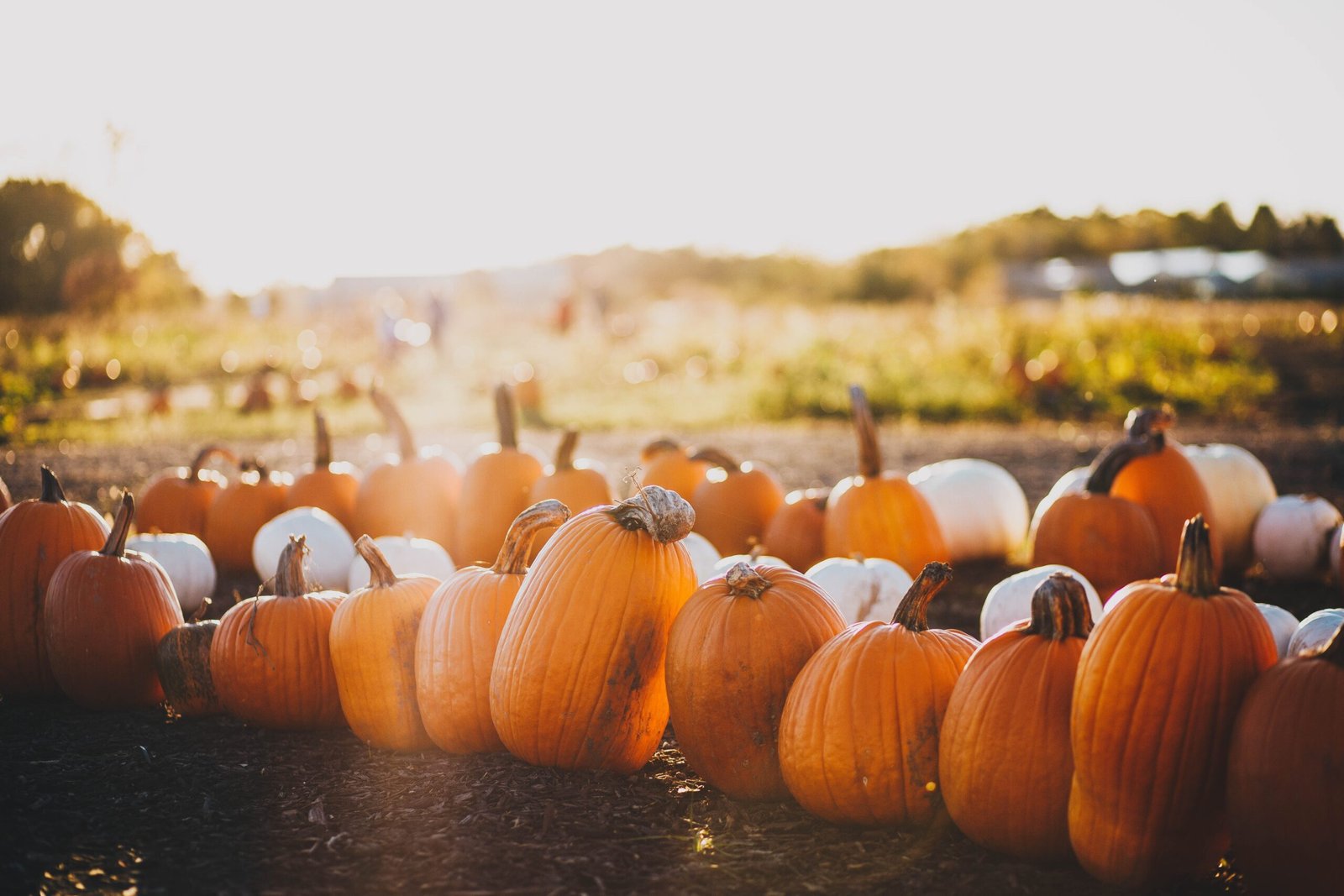Introduction
Welcome to the ultimate guide on how to grow delicious and nutritious celery right in your own backyard in the UK! Whether you’re a seasoned gardener or a beginner, this step-by-step guide will provide you with all the information you need to successfully cultivate this versatile vegetable. From choosing the right location to harvesting and storing, we’ve got you covered.
Why should I grow Celery?
Growing celery at home offers a plethora of benefits. Not only is it a low-calorie and nutrient-rich vegetable, but it also adds a fresh crunch to salads, soups, and stir-fries. By growing your own celery, you have complete control over the growing process, ensuring that no harmful chemicals are used. Plus, it’s a great way to save money and reduce your carbon footprint.
Where is the ideal location to grow Celery?
Celery thrives in cool climates and requires a sunny spot with at least 6 hours of sunlight per day. Choose an area in your garden that is sheltered from strong winds. If you don’t have a garden, don’t worry! Celery can also be grown in containers on your balcony or patio.
Soil type and preparing the soil
Celery prefers well-draining soil that is rich in organic matter. Before planting, prepare the soil by removing any weeds and adding compost or well-rotted manure to improve its fertility. Aim for a pH level between 6.0 and 7.0, slightly acidic to neutral.
Watering tips and hints
Consistent watering is crucial for celery, as it has shallow roots that are prone to drying out. Keep the soil moist but not waterlogged. It’s best to water in the morning to allow the foliage to dry before evening, reducing the risk of fungal diseases. Mulching around the plants can help retain moisture and suppress weeds.
Sowing and planting Celery
You have two options when it comes to growing celery: starting from seed or using a celery stalk. If you choose to start from seed, sow them indoors 10-12 weeks before the last frost date. Transplant the seedlings outdoors once the soil has warmed up and all danger of frost has passed. Alternatively, you can plant celery stalks directly into the garden, burying them halfway into the soil.
How to grow Celery from seed
If you decide to grow celery from seed, fill a seed tray with seed compost and lightly press the seeds into the surface. Cover the tray with a clear plastic lid or place it in a propagator to create a warm and humid environment. Once the seedlings have developed a few leaves, transplant them into individual pots. Harden off the seedlings before planting them in the garden.
How to plant out Celery
When planting celery, space the seedlings or stalks 6-8 inches apart in rows that are 18-24 inches apart. Dig a hole slightly larger than the root ball, place the plant in the hole, and gently firm the soil around it. Ensure that the crown of the plant is level with the soil surface.
General care for Celery
Celery requires regular care to ensure healthy growth. Keep the soil consistently moist, and feed the plants every two weeks with a balanced organic fertilizer. To promote blanching, gently tie the outer stalks together using twine or a celery collar. Keep an eye out for pests and diseases, and take appropriate action if necessary.
How to harvest Celery
Harvesting celery is a rewarding experience. Start by cutting the outer stalks from the base of the plant, allowing the inner stalks to continue growing. For a milder flavor, blanch the celery by covering the plants with straw or cardboard a few weeks before harvesting. Remember to leave a few stalks to produce seeds for the next growing season.
How to store Celery
Celery stays fresh for longer when stored properly. Remove any damaged or yellowing stalks and wrap the celery in damp paper towels before placing it in a plastic bag or airtight container. Store it in the refrigerator’s crisper drawer, and it should stay crisp and flavorful for up to two weeks.
Problems in growing celery including common pests and diseases
While celery is generally a hardy plant, it can face a few challenges. Common pests include aphids, slugs, and snails. Regularly inspect your plants and take appropriate measures, such as using organic pest control methods or introducing beneficial insects. Diseases like leaf blight and root rot can also occur, so ensure proper sanitation and avoid overwatering.
Where to buy Celery
You can find celery seeds or seedlings at your local garden center, nursery, or online seed suppliers. Look for reputable sources that offer organic and disease-resistant varieties for the best results.
What are the best Celery varieties to grow and why?
Some popular celery varieties for UK gardeners include ‘Giant Red’, ‘Tall Utah’, and ‘Golden Self-Blanching’. These varieties are known for their excellent flavor, disease resistance, and ease of cultivation. Choose a variety that suits your preferences and growing conditions.
What tools will I need to grow celery?
Growing celery requires a few essential tools. You’ll need a garden fork or spade for soil preparation, a watering can or hose for irrigation, a trowel for planting, and a pair of secateurs or garden shears for harvesting. Additionally, having a garden journal or notebook to track your progress can be helpful.
Conclusion
Growing your own celery in the UK is a rewarding and sustainable endeavor. By following the steps outlined in this guide, you’ll be able to enjoy fresh and flavorful celery straight from your garden. Remember to experiment with different varieties and techniques to find what works best for you. Happy gardening!
Frequently Asked Questions
Q: Can I grow celery in containers?
A: Yes, celery can be successfully grown in containers as long as they are deep enough to accommodate the plant’s root system.
Q: How long does it take for celery to mature?
A: Celery typically takes around 16-18 weeks from sowing to harvest, depending on the variety and growing conditions.
Q: Can I regrow celery from kitchen scraps?
A: While it is possible to regrow celery from kitchen scraps, the success rate may vary. It’s generally more reliable to start with seeds or seedlings for a higher chance of success.
Q: Can I freeze celery?
A: Yes, you can freeze celery. Simply chop it into desired sizes, blanch it in boiling water for a few minutes, then cool and freeze in airtight containers or freezer bags.
Keywords: growing celery, growing celery uk, tips for growing celery, growing celery from stalk, growing celery from seed




































